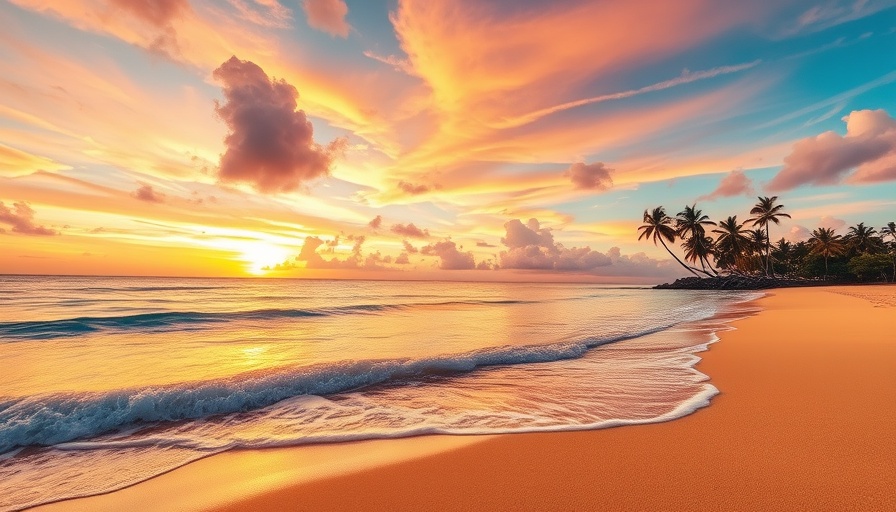
Costa Rica's Pioneering Approach to Protecting Oceans
Costa Rica has long been a beacon of environmental conservation, and its latest collaboration with NASA showcases how innovative technologies can help protect our oceans. This beautiful Central American country is leveraging artificial intelligence and satellite imagery to monitor coastal regions effectively during this critical time of climate change.
As parents and educators, we all know the importance of nurturing our environment for the younger generation. With 30% of Costa Rica's territory dedicated to protected areas, the country sets an example not just for travel enthusiasts but also for families aiming to instill a sense of environmental responsibility in their children.
How AI and NASA Are Making Waves
Imagine standing on a stunning beach, the sun setting on the horizon. This idyllic image is being threatened by human pollution and climate change. That's where NASA's cutting-edge technology enters the scene. By utilizing satellite data to track and analyze water quality, Costa Rica can swiftly identify and tackle harmful practices affecting its pristine waters.
This collaboration isn't just about keeping our beaches beautiful; it also impacts local fisheries and tourism—critical lifelines for many families. With AI analyzing the complex patterns of ocean currents and marine life behavior, smarter, more effective strategies for conservation can emerge, ensuring that future generations continue to enjoy this natural wonder.
Connecting the Community to Nature
The efforts in Costa Rica extend beyond high-tech solutions. Local communities are taking an active role in safeguarding their oceans through educational programs and tourism that promote sustainable practices.
Parents, take note! Engaging your children in these community-driven conservation efforts allows them to foster a relationship with nature. Workshops that teach the importance of marine ecosystems or organized clean-up events not only support ocean health but also encourage young minds to appreciate the world around them.
The Human Element: Why It Matters
Behind every innovative solution lies a deeply human story. Families who rely on fishing for a living are often at the forefront of conservation efforts. By actively participating in marine protection initiatives, they're not just looking to sustain their livelihoods but also to ensure a healthy planet for their children.
Women, who play a pivotal role in community sustainability efforts, often share their experiences in travel and conservation, making their voices heard in forums that influence national policies. Their perspectives are essential in recognizing the value of protecting marine environments.
Future Trends: What Lies Ahead for Ocean Conservation
Looking ahead, we can expect more innovations like this as technology evolves. As travel enthusiasts, we must pay attention to these advancements as they could revolutionize how we experience our favorite destinations. Imagine visiting Costa Rica and knowing the waters you're exploring have been certified clean and sustainable. It adds a layer of depth to family vacations.
As we move forward, society’s commitment to ocean protection will define our travel choices. Supporting sustainable tourism initiatives directly impacts local families and encourages a ripple effect of positive change throughout the travel industry.
Be a Part of the Change
Before you plan your next holiday, consider incorporating travel to places like Costa Rica, which champions sustainable practices. The experiences you gain from exploring this environmentally-conscious paradise will not only enrich your family life but also connect you to a larger movement dedicated to preserving the beauty of our planet.
Join the discussion on how travel and conservation intersect—fostering memories with your kids while participating in protecting the vast ocean they enjoy!
The ocean is calling!
 Add Row
Add Row  Add
Add 




 Add Row
Add Row  Add
Add 

Write A Comment